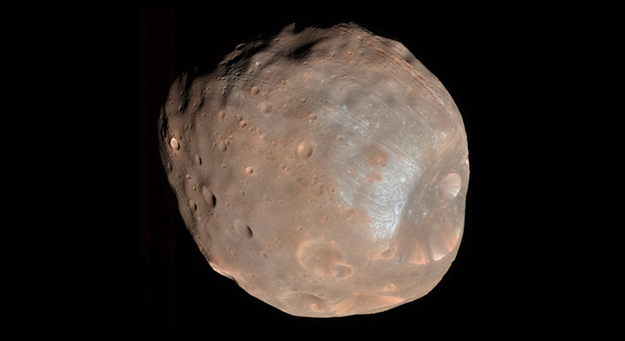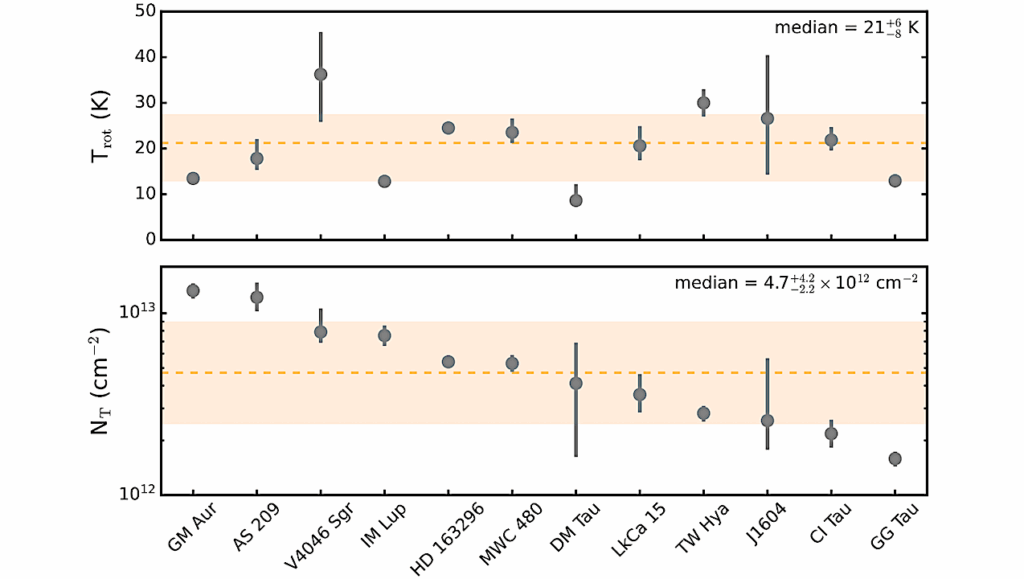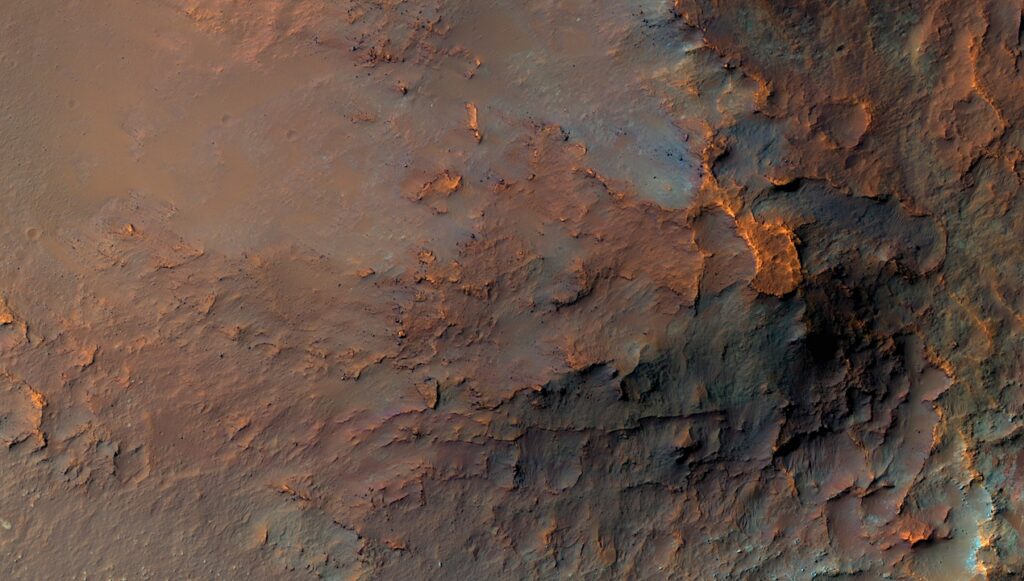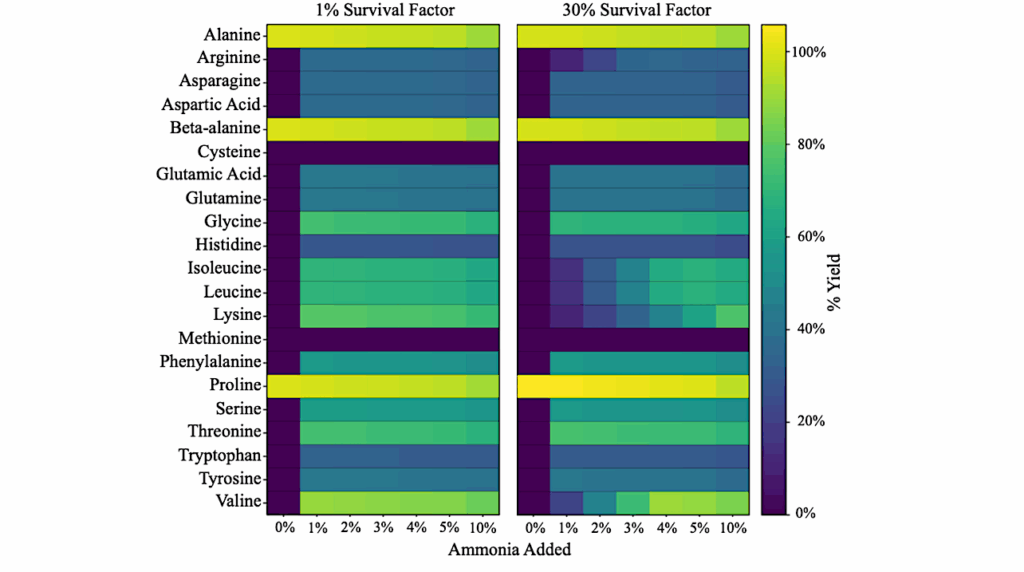Microbial Contamination: Sample Return From Mars Moons: The Fate of Microbes on Martian Moons

This paper presents a case study of microbe transportation in the Mars-satellites system. We examined the spatial distribution of potential impact-transported microbes on the Martian moons using impact physics by following a companion study (Fujita et al.).
We used sterilization data from the precede studies. We considered that the microbes came mainly from the Zunil crater on Mars. We found that 70-80% of the microbes are likely to be dispersed all over the moon surface and are rapidly sterilized due to radiation except for those microbes within a thick ejecta deposit produced by meteoroids. The other 20-30% might be shielded from radiation by thick regolith layers that formed at collapsed layers in craters produced by Mars rock impacts. The total number of potentially surviving microbes at the thick ejecta deposits is estimated to be 3-4 orders of magnitude lower than at the Mars rock craters. The microbe concentration is irregular in the horizontal direction and is largely depth-dependent due to the radiation sterilization. The surviving fraction of transported microbes would be only 1 ppm on Phobos and 100 ppm on Deimos, suggesting that the transport processes and radiation severely affect microbe survival.
The microbe sampling probability from the Martian moons was also investigated. We suggest that sample return missions from the Martian moons are classified into Unrestricted Earth-Return missions for 30 g samples and 10 cm depth sampling, even in our conservative scenario.
We also conducted a full statistical analysis for sampling the regolith of Phobos to include the effects of uncertainties in input parameters on the sampling probability. The most likely probability of microbial contamination for return samples is estimated to be two orders of magnitude lower than the criterion defined by the planetary protection policy of the Committee on Space Research (COSPAR).
Assessment of the probability of microbial contamination for sample return from Martian moons II: The fate of microbes on Martian moons
Kosuke Kurosawa, Hidenori Genda, Ryuki Hyodo, Akihiko Yamagishi, Takashi Mikouchi, Takafumi Niihara, Shingo Matsuyama, Kazuhisa Fujita
(Submitted on 17 Jul 2019)
Comments: 50 pages, 16 figures, 2 tables, The abstract was shortened to meet the arXiv words limit, accepted for publication in Life Sciences in Space Research, special issues on planetary protection
Subjects: Earth and Planetary Astrophysics (astro-ph.EP)
DOI: 10.1016/j.lssr.2019.07.006
Cite as: arXiv:1907.07576 [astro-ph.EP] (or arXiv:1907.07576v1 [astro-ph.EP] for this version)
Submission history
From: Kosuke Kurosawa
[v1] Wed, 17 Jul 2019 15:21:13 UTC (5,784 KB)
https://arxiv.org/abs/1907.07576
Astrobiology








